
Exploring Copenhagen in 2 days
Copenhagen is a city where history meets modernity, with colorful 17th-century buildings and sleek design coexisting beautifully. Here's how we made the most of our 2-day stay in this vibrant city!
12/24/20246 min read
Disclosure:
This post contains affiliate links, meaning I get a commission if you decide to make a purchase through my links, at no cost to you


One of the best things about arriving in Copenhagen is how easy and efficient it is to get from the airport to the city center.
The train from Copenhagen Airport (Kastrup) to Copenhagen Central Station (København H) is quick, affordable, and hassle-free. Located right inside the airport, the train station is clearly marked and easy to find. Buying tickets was simple: there are machines and ticket counters at the station. We opted for a single-zone ticket, which covered the trip to the city. Trains run frequently, and within just 15 minutes, we were in the heart of the city.
Where We Stayed
We spent 2 days in Copenhagen and chose to stay at Urban House Copenhagen, located conveniently next to Copenhagen's main train station. The area felt safe and made traveling around the city effortless. Being close to public transportation was a major advantage, and we were able to walk to many of the city's main attractions.
At the train station, we decided to purchase a Copenhagen card to use transportation, which you can buy from ticket counters or machines at most metro/train stations. It was a convenient option for unlimited rides, but in hindsight, we ended up using it only once since Copenhagen is such a walkable and bike-friendly city. So, think about your itinerary before committing to it.
Exploring Copenhagen
1. Tivoli Gardens
Tivoli Gardens, one of the oldest amusement parks in the world, is a magical place that blends history and entertainment. Even though we didn’t have time to visit, it’s highly recommended for its charming atmosphere, rides, and beautifully lit evening displays. It's especially enchanting during the winter holiday season or summer evenings.




2. Nyhavn: The Picture-Perfect Harbor
You can't visit Copenhagen without strolling through Nyhavn, the colorful waterfront district that looks straight out of a postcard. Nyhavn was originally a bustling port built by King Christian V in the 1670s to connect the city center to the sea. For centuries, it was a hub for sailors, merchants, and locals. Over time, it transformed from a working harbor into a vibrant entertainment district. We loved walking along the harbor, admiring the vibrant historic buildings, and stopping for coffee at one of the cozy cafés.
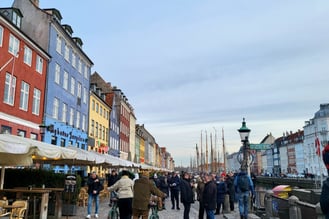

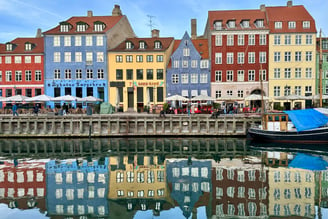

3. Canal Cruise Tour
To see the city from a different perspective, we took a canal cruise tour. Floating along Copenhagen’s waterways gave us stunning views of its famous landmarks, including the Black Diamond Library, Danish Architecture Centre, Copenhagen Opera House, and charming neighborhoods.
While these colorful facades reflect Nyhavn's history, the surrounding areas boast an incredible contrast of modern Nordic architecture. The sleek and minimalist designs of nearby buildings, like the Royal Danish Playhouse and the Opera House, add a contemporary edge to the district. This blend of old and new creates a perfect balance—one that makes Copenhagen’s architectural landscape truly unique.
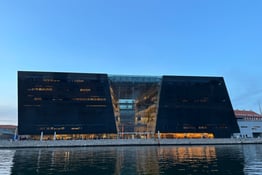

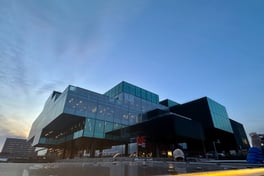

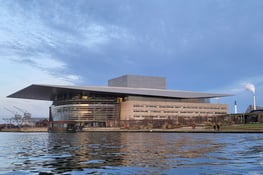

4. TorvehallerneKBH: A Food Lover's Paradise
We started Day 2 with a visit to TorvehallerneKBH, a bustling food market offering a mix of local and international dishes. The fresh smørrebrød (open-faced sandwiches) were delicious and made for a perfect light lunch.
6. King’s Garden and Rosenborg Castle
After lunch, we headed to the King’s Garden, a beautiful green space surrounding Rosenborg Castle. The castle itself was stunning, and the gardens were the perfect place for a peaceful stroll.
7.Amalienborg Palace and Frederik’s Church
At Amalienborg Palace, we had the chance to witness the Changing of the Guard at noon. Accompanied by a military band’s lively performance, the ceremony lasted a good 15–20 minutes, making it quite the experience.
Afterward, we headed over to Frederik’s Church, also known as the Marble Church, to take in its stunning interior. The grandeur and peaceful atmosphere inside truly left a lasting impression.
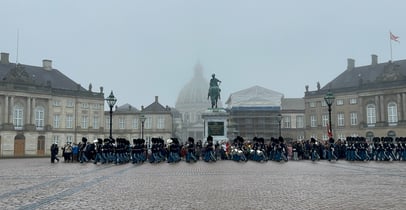

9. Freetown Christiania
The bohemian district of Christiania was one of the most unique parts of our trip. Its vibrant street art, quirky shops, and laid-back atmosphere gave us a glimpse into a completely different side of Copenhagen. Christiania operates with its own rules and norms. Respect their guidelines, especially when it comes to photography, behavior, and engaging with locals. For most visitors, Christiania is not particularly dangerous, especially if you stick to the main areas and follow the rules. The sale of cannabis is technically illegal in Denmark, but it's openly sold in Christiania’s Pusher Street, where photography is strictly prohibited as vendors don’t want to be documented. Ignoring this rule can lead to confrontations.
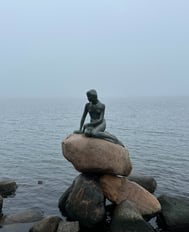

5. Renting a Bike with Donkey Republic
One of the highlights of our trip was renting bikes through Donkey Republic, an easy-to-use app-based service with plenty of pick-up and drop-off locations throughout the city. The roads were incredibly bike-friendly, and cycling felt safe and enjoyable. I loved the biking culture in Copenhagen—it was such a refreshing and eco-friendly way to explore the city, and we felt like locals for a day.
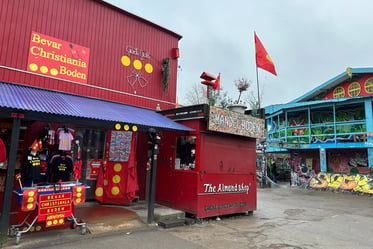

10. City Center & Dinner at Restaurant Tight
To end the day, we wandered the city center, enjoying the bustling streets and historical architecture. A trip to Copenhagen isn't complete without indulging in the city's street food. The churros here are incredible—made fresh to order, they’re crispy, warm, and absolutely delightful. And don’t forget the hot dogs! You’ll find them everywhere in the city, from street vendors to small shops, and they’re an absolute must-try. Simple yet satisfying, they’re the perfect snack to keep you going during a day of exploration.
We had dinner at Restaurant Tight, a cozy spot with delicious dishes. While the prices were on the higher side (199 DKK / $27 for one main dish), the food and ambiance made it worth it.
Copenhagen truly offers something for everyone—from its enchanting canals and royal palaces to its modern food scene and vibrant culture. It’s a city you’ll want to return to, just as we’re already planning to visit again in the future.
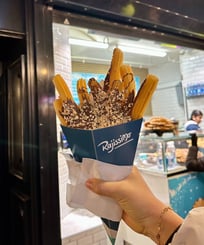

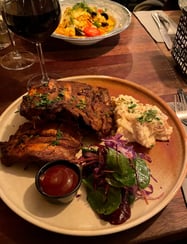

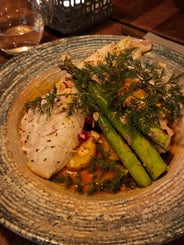

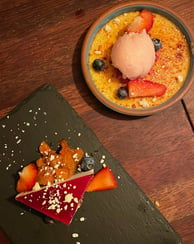

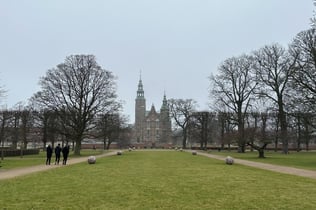

8. the Little Mermaid
Iconic Little Mermaid statue, a beloved symbol of the city was the next stop. The gloomy weather added up the mood of the statue and the picture. Inspired by Hans Christian Andersen's fairy tale, this bronze sculpture was unveiled in 1913 and has since captivated visitors from around the world. Perched on a rock by the harbor, the statue depicts a mermaid longing for a life on land, embodying themes of love and sacrifice.
